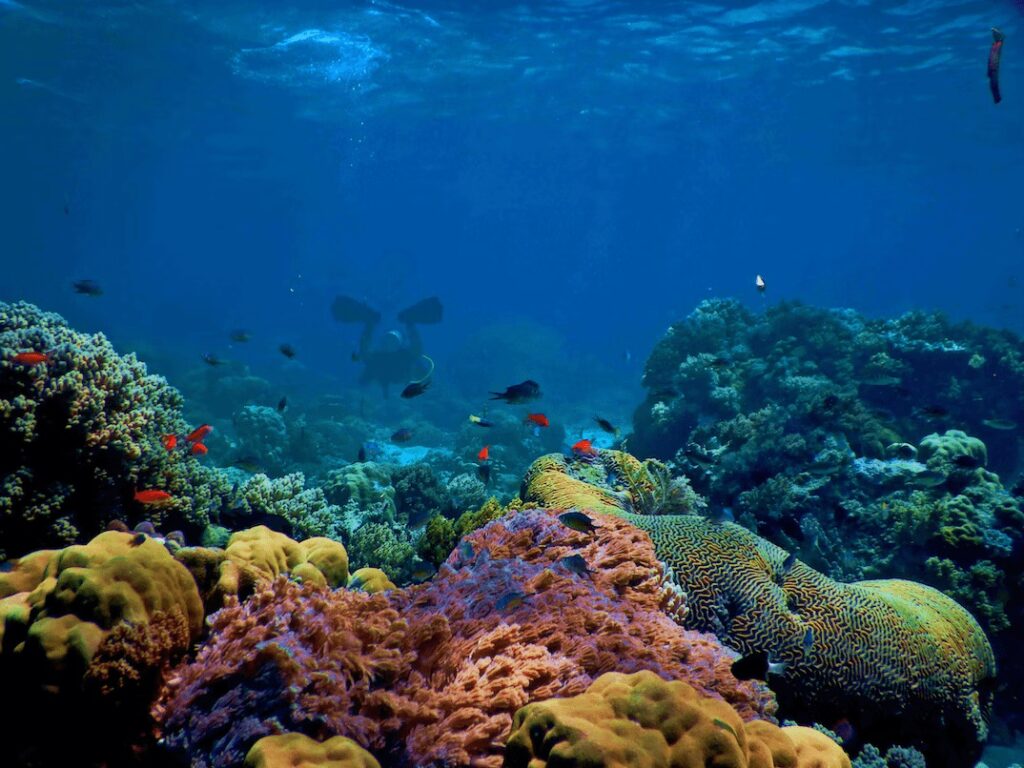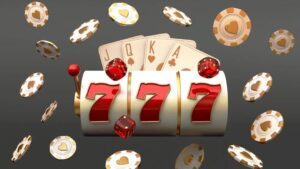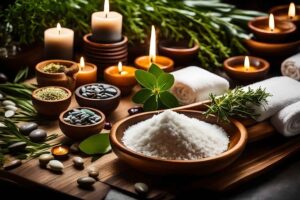Coral reefs are the ocean’s rainforests, which house 25 percent of all ocean species. The majority of people recognize an underwater coral reef. Much like Ice cream, corals come in hard and soft versions. You can also buy soft corals for sale. Corals aren’t always soft. You can find out more about hard corals by reading the following factsheet.

Classification
Kingdom: Animalia
Phylum: Cnidaria
Subclass: Octocorallia, Class: Anthozoa
Order: Alcyonacea
While they may look like animals, corals are plants. The family Cnidaria (from a Greek word meaning “stinging needles”) and the class Anthozoa include soft corals. Jellyfish, anemones, and hard corals are also part of Cnidaria. All Cnidarians contain Nematocysts (typically around their single opening) as well as body symmetry along an axis that is only one.
Soft corals can move along ocean currents. Hard corals appear like boulders, while soft corals look like trees or plants with wind-blown limbs. Hard corals contain calcium carbonate skeletons; however, soft corals do not. They don’t create reefs. Instead, they are shaped like trees and possess an enveloping wood-like core and an outer layer of softness to provide protection.
Hard and soft corals are composed of polyps. Hard coral polyps release limestone skeletons that help them to support their own. Soft coral polyps make use of Sclerites for their structure. Polyp colonies that function as a single organism create huge iconic reefs. Many soft corals and hard corals contain zooxanthellae within their polyps, which photosynthesize to generate energy. Filter feeding lets deep-water corals live without the presence of zooxanthellae.
Ecology
Subtropical and tropical waters are the home of soft corals. Although soft corals cannot create reefs, they live on them. The soft coral is thriving in the deep ocean. Soft coral larvae free-float and may be found on the ocean floor in new locations. Soft corals include red, pink, purple, and orange. Dimensions can vary. Certain species can grow up to several feet tall, whereas others are only inches.
Gorgonian Corals, Sea Fans, and Feathers
Sea plumes, sea fans, and gorgonian corals reside in Alcyonacea. The hard skeleton of gorgonian corals is composed of gorgonin, the protein that separates the coral from “real” hard corals. Gorgonian polyps are characterized by eight tentacles, similar to the other polyps of soft corals. Through the correct arrangement of their fans to capture plankton in water flows, the tentacles filter the feed. The playful seahorses Bargibant as well as Denise reside on soft corals. Seahorses are primarily in sea fan habitats and can be easily concealed in coral.
Coral reefs require us.
The coral reefs are damaged if your water can absorb carbon and then becomes acidified. The physical structure of reefs and the inhabitants’ health is affected by acidification. Our help is essential!
Ocean Conservancy is leading the fight against ocean acidification by working with fishermen, community businesses, government, and conservation to decrease carbon emissions. We’re also advocating measures to reduce local runoff and supporting research that helps protect the island’s jobs and coastal workers, economics, and lifestyles.







More Stories